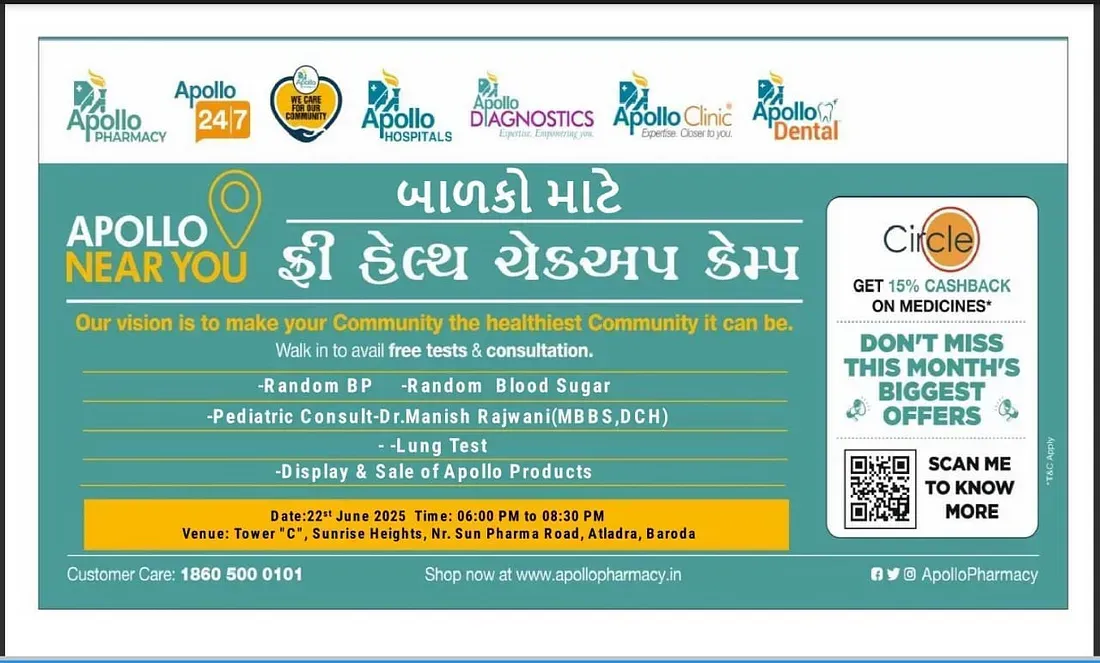The Fourth Trimester: Your Essential Guide to Newborn Care After Delivery
The moment you meet your newborn is pure magic. But once you leave the hospital or birthing center, reality sets in: you’re now fully responsible for this tiny, fragile human. Post-delivery newborn care – often called the "fourth trimester" – is a whirlwind of feeding, sleeping, crying, and learning. Here’s your roadmap to navigate those crucial first weeks with confidence.
The First 24-72 Hours: Getting Started
1. The Golden Hour & Immediate Bonding:
* Skin-to-skin contact right after birth regulates baby’s temperature, heart rate, and breathing, and encourages breastfeeding initiation.
* Don’t rush it – savor this time!
2. Hospital/Birthing Center Essentials:
* Vital Checks: APGAR scores, weight, length, head circumference.
* Vitamin K Shot: Crucial for blood clotting (prevents rare bleeding disorders).
* Eye Ointment (Erythromycin): Prevents eye infections from bacteria in the birth canal.
* Newborn Screening Tests: Heel prick test for metabolic disorders (done before discharge).
* Hearing Screening: Usually done before you go home.
3. First Feedings:
* Breastfeeding: Offer the breast within the first hour if possible. Colostrum (early milk) is liquid gold! Expect frequent cluster feeding.
* Formula Feeding: Follow instructions carefully for preparation and sterilization. Hold baby semi-upright.
* Signs of Hunger: Rooting, lip-smacking, hands to mouth (crying is a late sign!).
Bringing Baby Home: Core Care Pillars
1. Feeding: Fueling Growth
* Frequency: Newborns eat 8-12 times per 24 hours (every 2-3 hours), on demand. Wake a sleepy baby if needed.
* Breastfeeding:
* Focus on good latch (wide mouth, chin to breast, no pain).
* Watch for swallowing (jaw movement, soft "kuh" sound).
* Wet/Dirty Diapers: Best indicator of intake (see chart below).
* Formula Feeding:
* Use iron-fortified formula.
* Sterilize bottles/nipples initially; wash thoroughly with hot soapy water after.
* Hold bottle horizontally to avoid overfeeding.
* Burping: Essential! Burp halfway through and after feeds (over shoulder, sitting on lap, or face-down on your lap).
2. Sleeping: Safe & Sound
*Safe Sleep ABCs (Non-Negotiable!):
* Alone (in their own safe sleep space – bassinet/crib).
* Back (always place baby on their back).
* Crib (firm mattress, fitted sheet ONLY – no pillows, blankets, bumpers, toys).
* Room Sharing: Keep baby in your room (but not in your bed) for at least 6 months.
* Patterns: Newborns sleep 14-17 hours per day in short stretches (2-4 hours). Day/night confusion is normal initially.
3. Diapering & Hygiene
(a) Frequency: Change diapers every 2-3 hours or immediately after pooping (prevents rash).
(b) Technique: Wipe front-to-back (especially girls). Clean thoroughly, allow skin to air dry. Use diaper cream if skin is red.
Umbilical Cord Care:
* Keep it clean and dry (sponge baths only).
* Fold diaper below the stump.
* Let it fall off naturally (usually 1-3 weeks). Watch for redness, swelling, foul odor (signs of infection).
Bathing:
* Sponge baths until cord falls off & circumcision heals (if applicable).
* Then, 2-3 short (5-10 min) tub baths per week is plenty. Use mild, fragrance-free soap. Support head/neck.
4. Soothing & Understanding Cues
(a) Why They Cry: Hunger, wet/dirty diaper, tired, cold/hot, gas, overstimulation, need for comfort.
Soothing Techniques:
* The 5 S's (Swaddle, Side/Stomach position Shush, Swing, Suck).
* (Only for soothing, never for sleep - always place on back!).
* Skin-to-skin contact, gentle rocking, babywearing, white noise.
* Learn Their Signals: Yawning = tired. Turning away = overstimulated. Fussing/rooting = hungry.
5. Health Monitoring & Doctor Visits
*First Pediatrician Visit: Usually within 2-5 days after discharge (to check weight, jaundice, feeding).
*Danger Signs (Seek IMMEDIATE Medical Attention):
* Fever (100.4°F/38°C rectally in a newborn < 2 months).
* Difficulty breathing (grunting, flaring nostrils, ribs pulling in).
* No wet diapers for >12 hours.
* Lethargy (hard to wake), extreme floppiness.
* Forceful vomiting (not just spit-up).
* Jaundice (yellow skin) spreading to arms/legs or worsening.
Common Concerns:
* Jaundice: Mild yellowing is common. Feed often to flush bilirubin. Phototherapy may be needed if levels rise.
* Baby Acne/Milia: Harmless, usually clears on its own.
* Cradle Cap: Gentle washing, soft brush, mineral oil if needed.
Wet/Dirty Diaper Tracking (Key Indicator!):
Day of Life Wet Diapers Dirty Diapers (Stool)
Day 1 1-2 Thick, black/green (meconium)
Day 2 2-3 Dark green/brown (transitional)
Day 3 3-5 Green/brown/yellow, softer
Day 4+ 6+ Yellow (breastfed: seedy/mustardy; formula: tan/pasty), 3-4+ per day
Caring for YOU to Care for THEM
*Rest: Sleep when baby sleeps (seriously!). Delegate chores.
*Nourishment: Eat regularly & stay hydrated (especially if breastfeeding).
*Support: Ask for & accept help (feeding, cooking, cleaning).
*Emotional Health: Baby blues (mood swings, weepiness) are common for 1-2 weeks. If feelings of sadness/anxiety persist or intensify, seek help for possible Postpartum Depression/Anxiety (PPD/PPA). You matter too.
The Takeaway: Trust Your Instincts (and Your Village)
Newborn care is a steep learning curve filled with trial and error. There’s no "perfect." Focus on the essentials – feeding, safe sleep, hygiene, and responding with love – and the rest will follow.
Trust your instincts.If something feels "off," call your pediatrician. Don’t hesitate to lean on your partner, family, friends, or a postpartum doula. This intense, beautiful phase is temporary. You are learning, and so is your baby. Be gentle with yourselves.
What’s one newborn care tip you wish someone had told you? Share your wisdom in the comments below!
(Disclaimer: This blog provides general information. Always consult your pediatrician or healthcare provider for personalized advice regarding your newborn's health and care.)



Comments
Post a Comment